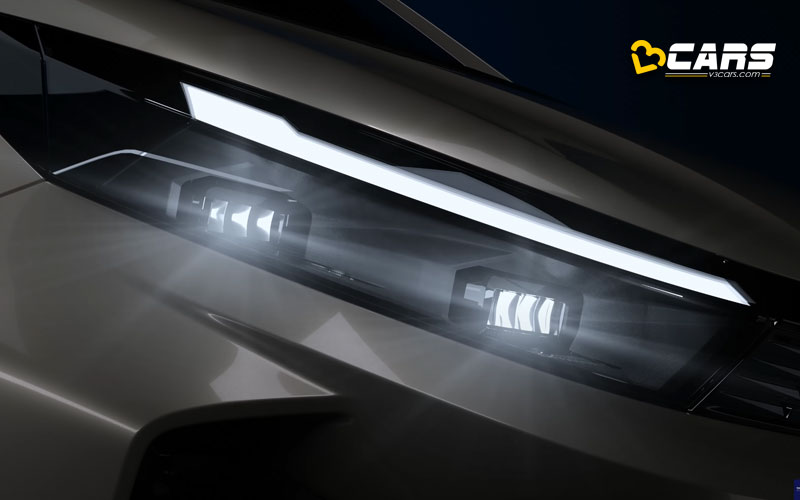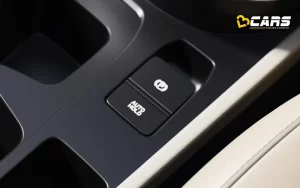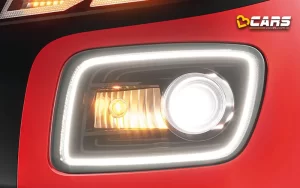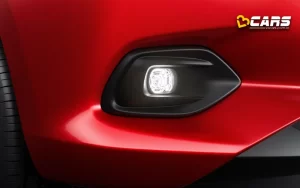
Auto headlamps are a convenience and safety feature in modern cars that automatically control the vehicle’s headlights based on the surrounding ambient light conditions. Let’s explore how this system works and its benefits.
What Are Auto Headlamps?
Auto headlamps are a system that automatically switches the headlights on or off without any manual input from the driver. This system relies on sensors to detect the level of ambient light.
How Do Auto Headlamps Work?
Here’s a breakdown of how the auto headlamp system operates:
- Light Sensor: The system uses a light sensor, typically a photodiode or a phototransistor, to measure the intensity of the surrounding light. This sensor is usually mounted on the dashboard, often near the base of the windshield, or integrated into the rearview mirror housing.
- Signal Processing: The light sensor sends an electrical signal to the vehicle’s Body Control Module (BCM) or a dedicated control unit. The strength of this signal corresponds to the amount of light detected.
- Threshold Determination: The BCM is programmed with a specific light threshold. This threshold represents the point at which the system determines it is dark enough to warrant turning on the headlights.
- Activation/Deactivation:
- If the sensor detects that the ambient light level falls below the preset threshold (e.g., at dusk, in a tunnel, or during heavy rain), the BCM sends a signal to activate the headlights.
- Conversely, when the light level rises above the threshold (e.g., at dawn or when exiting a tunnel), the BCM deactivates the headlights.
- Headlight Control: The BCM controls the headlights (both low and high beams, depending on the system’s sophistication) through relays or electronic switches.
What Are The Pros And Cons Of Auto Headlamps?
Here’s a breakdown of the pros and cons of auto headlamps:
Pros:
- Enhanced Safety: Auto headlamps improve safety by ensuring that headlights are always on when needed, especially in situations where drivers might forget to turn them on manually, such as at dusk or in inclement weather.
- Convenience: They offer convenience by eliminating the need for the driver to remember to turn the headlights on or off, reducing driver workload.
- Longer Bulb Life: By automatically turning off the headlights when they are not needed, the system can contribute to longer headlight bulb life.
- Improved Visibility: By ensuring headlights are on in low-light conditions, the system helps other drivers see the vehicle, improving overall visibility.
Cons:
- Sensor Sensitivity: Some systems might be overly sensitive or not sensitive enough, leading to headlights turning on too early or too late.
- Cost: While becoming more common, this feature can add to the overall cost of the vehicle.
- Malfunction Risk: Like any electronic system, auto headlamps can malfunction, though this is relatively rare.
Can Auto Headlamps Be Fixed From The Aftermarket?
Yes, auto headlamp functionality can be added to many vehicles through aftermarket kits. These kits typically include:
- Light sensor: To detect ambient light levels.
- Control module: To process the sensor signal and control the headlights.
- Wiring harness: To connect the components to the vehicle’s electrical system.
- Switch: To allow the driver to select between auto, on, and off modes.
Installation can vary in complexity depending on the vehicle and the specific kit. It’s often recommended to have aftermarket auto headlamps installed by a professional.
Affordable Cars In India With Auto Headlamps
Many affordable cars in India now offer auto headlamps, making this safety and convenience feature more accessible. Here are a few examples:
- Tata Altroz: This premium hatchback offers auto headlamps in its higher variants.
- Hyundai i20: Another popular premium hatchback, the i20, also features auto headlamps in select variants.
- Kia Sonet: Kia’s B2-SUV offers auto headlamps in its higher variants.
- Maruti Suzuki Baleno: The Baleno also comes with auto headlamp functionality.
The availability of auto headlamps can vary depending on the specific variant and model year. It’s always best to check the latest specifications from the manufacturer or dealer.
Note: Check your Car EMI with our – Car Loan EMI Calculator
You can use our Fuel Cost Calculator to see how much any petrol, diesel or CNG car will cost to run based on the latest fuel price in your city.




